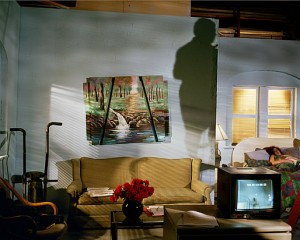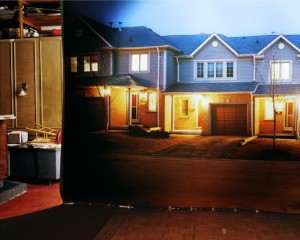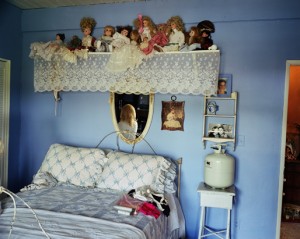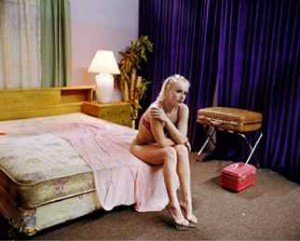We are looking at Sally Mann’s ‘Immediate Family’ through March on the Photo Book Club. Luckily this book is really easy to get hold of in libraries, photobooks or from the latest publisher of a paperback version, Aperture at a good price and so I shan’t be uploading a video this time.
If you fancy getting involved and sharing your thoughts on the book then you can do so in the comments section below or in email to matt@photobookclub.org.
– Matt
Title
Immediate Family
Author
Sally Mann
Publisher
Aperture 1992

“Mann’s subjects are her small children (a boy, a girl, and a new baby), often shot when they’re sick or hurt or just naked. Nosebleeds, cuts, hives, chicken pox, swollen eyes, vomiting—the usual trials of childhood—can be alarmingly beautiful, thrillingly sensual moments in Mann’s portrait album. Her ambivalence about motherhood—her delight and despair—pushes Mann to delve deeper into the steaming mess of family life than most of us are willing to go. What she comes up with is astonishing.”
—Vince Aletti, The Village Voice
“Immediate Family, which was published in 1990, must be counted as one of the great photograph books of our time. It is a singularly powerful evocation of childhood from within and without…”
—Luc Sante, The New Republic



